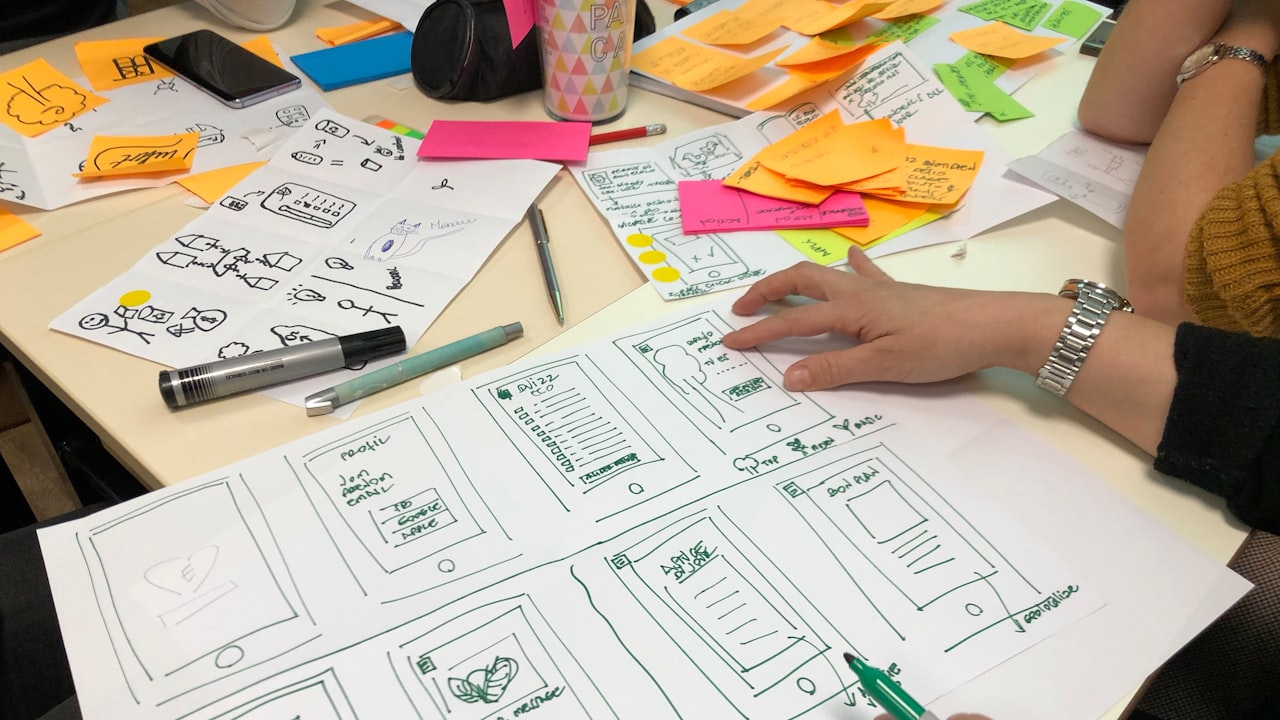A child's time in kindergarten is significant since it heralds the start of their formal educational career. As a result, it's critical to provide a setting that encourages growth and development. From the inclusion of outdoor play areas and sensory-rich surroundings to the structure of the Montessori Classroom, kindergarten design can have an impact on a child's development. The necessity of outdoor play, the advantages of sensory-rich surroundings, and the influence of classroom layout on learning outcomes are just a few of the ways that kindergarten design can affect a child's development that will be covered in this article.
The Importance of Outdoor Play
The integration of outdoor play areas is one of the most crucial components of kindergarten design. According to research, outdoor play is essential for a child's development since it fosters the development of their physical, social, and cognitive skills. Playing outside encourages imagination, creativity, and problem-solving abilities. As a result, it's critical to design age-appropriate, safe, and exciting outdoor play places.
Outdoor play places for kindergarten students should be created to promote exploration and learning. Youngsters ought to have a range of playthings like swings, slides, climbing structures, and sandboxes. To encourage kids to interact with their surroundings, these play places should also include natural features like trees, plants, and rocks.
Sensory-Rich Environments
Sensory-rich environments are also important for kindergarten design. Sensory-rich environments are spaces that engage all the senses, including sight, sound, touch, smell, and taste. These environments are designed to stimulate children's imaginations and promote cognitive development.
Kindergarten classrooms should incorporate a variety of sensory-rich elements, such as bright colors, different textures, and natural materials. These elements can help create a warm and inviting environment that promotes learning and exploration. Soft surfaces, such as carpet or mats, can also create a cozy atmosphere that promotes relaxation and comfort.
Classroom Layout and Learning Outcomes
The layout of a kindergarten classroom can also have a significant impact on learning outcomes. The classroom should be designed to promote collaboration, communication, and creativity. The layout should allow for flexibility and adaptability, as different activities require different configurations.
Kindergarten classrooms should be organized in a way that encourages interaction and exploration. For example, small group tables can promote teamwork and collaboration, while a reading corner can encourage children to explore books and literacy. Classroom furniture should also be age-appropriate and comfortable, as children need to be able to sit and concentrate for extended periods.
Additional Roles
In addition to the layout, classroom design should also consider lighting, temperature, and acoustics. Proper lighting can help create a comfortable and stimulating learning environment, while temperature control can help regulate mood and focus. Acoustics can also play a role in the learning environment, as a noisy classroom can be distracting and overwhelming for young children.
Conclusion
In conclusion, kindergarten design plays a critical role in shaping a child's experiences and can have a significant impact on their overall development. Outdoor play areas, sensory-rich environments, and classroom layout are all important components of kindergarten design. Kindergarten classrooms should be designed to promote exploration, discovery, and creativity, while also providing a comfortable and safe environment for children to learn and grow.
As we continue to learn more about the importance of kindergarten design, it is important to continue to innovate and improve the design of these spaces. By prioritizing the needs of children and their development, we can create kindergartens that provide a strong foundation for a lifetime of learning and growth.


